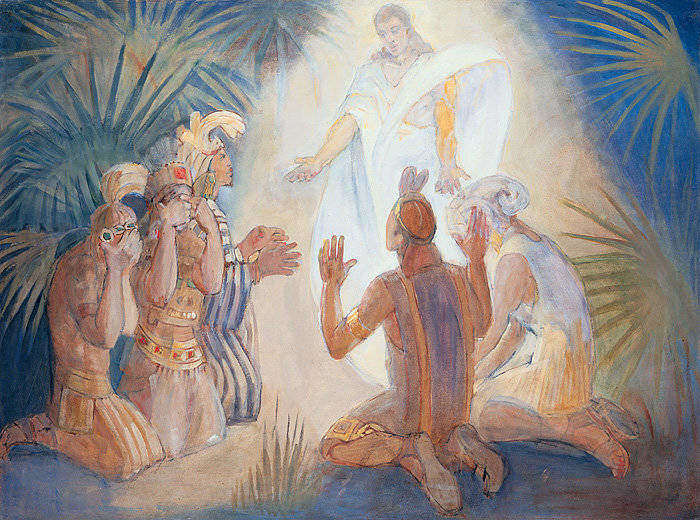Question
Gramps,
I have heard various people say differing things about plants, trees, and shrubs having souls. They’re living right? Shouldn’t they have souls?
Haley
Answer
Haley,
According to the scriptures, particularly in the Book of Moses, all living things were created spiritually before they existed physically on Earth. Moses 3:4-5 states, “And every plant of the field before it was in the earth, and every herb of the field before it grew. For I, the Lord God, created all things, of which I have spoken, spiritually, before they were naturally upon the face of the earth.” This foundational belief suggests that every plant and animal has a spirit, a concept echoed by early church leaders. Orson Pratt, for instance, articulated that both animals and vegetables were created spiritually, emphasizing their inherent spiritual essence.
This understanding aligns with the broader theological perspective that all creation is imbued with life and spirit. The teachings of The Church of Jesus Christ of Latter-day Saints affirm that the earth and its inhabitants are part of a divine plan, where every element plays a role in the grand tapestry of existence. The earth itself is described as a living entity, capable of expressing sorrow and joy, as illustrated in the account of Enoch, who heard the earth lamenting for its inhabitants.
The Holy Ghost, or Holy Spirit, is often understood as a divine presence that interacts primarily with humanity. His mission includes guiding individuals to Christ, testifying of the Father and the Son, and sanctifying those who seek to follow the covenant path. However, the question arises: can the spirit of the Holy Ghost be felt in the same way through plants and animals?
While the Holy Ghost’s mission is humanistic, the light of Christ, which is present in all creation, may be perceived through our interactions with the natural world. Doctrine and Covenants 88:6-13 teaches that the light of Christ is in all things, including the sun, moon, and stars, suggesting that this divine light permeates the entirety of creation. Thus, while the Holy Ghost may not directly inhabit plants and animals, the spiritual essence of these beings can still evoke feelings of connection and reverence in those who are attuned to the divine.
Recognizing the spirit in plants and animals can lead to a deeper appreciation of the natural world. Many individuals report feeling a profound sense of peace and connection when surrounded by nature, which may be interpreted as an experience of the light of Christ. This phenomenon is not merely emotional; it can be seen as a spiritual awakening that allows individuals to perceive the divine in the beauty and complexity of creation.
Elder James E. Faust once remarked on the light that shines in the eyes of those who live by correct principles, suggesting that this light is a reflection of the divine spirit within. This concept can be extended to our interactions with animals and plants, where recognizing their spirit can foster compassion and respect. The idea that every living thing has a spirit encourages a sense of stewardship over the earth, prompting individuals to treat all forms of life with kindness and reverence.
The question of whether one should feel bad for consuming plants and animals with spirits is complex. Early church leaders acknowledged that even vegetables have spirits, which raises ethical considerations regarding consumption. However, the counsel provided by leaders like Joseph Smith and Brigham Young emphasizes moderation and respect rather than guilt. Joseph Smith taught that animals should not be killed except to preserve life, indicating a principle of stewardship rather than exploitation.
Brigham Young further advised that families should reduce their meat consumption, focusing instead on a diet rich in fruits, vegetables, and grains. This guidance reflects a broader understanding of health and well-being rather than a direct concern for the spirits of animals. The Word of Wisdom, a health code observed by members of the Church, encourages the use of meat sparingly and emphasizes the importance of treating animals humanely.
A significant aspect of Latter-day Saint theology is the belief in resurrection, which extends beyond humanity to include all living things. Doctrine and Covenants 29:23-25 states that all creatures will be resurrected, affirming the idea that animals and plants, like humans, are part of God’s eternal plan. This belief underscores the inherent value of all life and the interconnectedness of creation.
Joseph Smith articulated a vision of heaven that included all creatures, suggesting that God’s glory is manifested in the salvation of every being He has created. This perspective invites individuals to view their relationships with animals and plants as part of a larger spiritual journey, where every act of kindness and respect contributes to the divine plan.
Gramps







